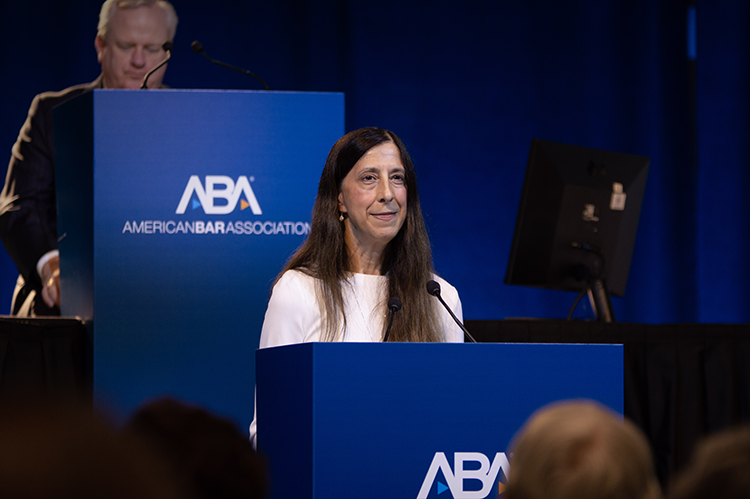Does Custodial “Nesting” Really Work?
National Public Radio recently dropped a podcast on 1A about the custody trend of recent years known as “nesting” or “birdnesting.” It picked up some momentum through the pandemic. The idea is that there is a common household where the children stay and their parents alternate occupancy of the house with the children. Obviously, this implies three homes. One for mom, one for dad and the third “neutral” site occupied by kids with the parent in custody. This can present some economies if the nesting parents can stay with their own parents (i.e., grandparents) and the theory is the kids get to stay in “their” house.
One of the folks interviewed about this arrangement has done it for more almost a decade. That’s pretty remarkable and our experience, as lawyers, is that it takes some special self discipline to make these arrangements work. Specifically, the ingredients of this recipe are a common desire to put the kids first and a willingness to keep personal views and experiences out of the common residence occupied by the kids.
Easy, right? Perhaps in the abstract. In an ideal world both parents share a common desire to have their relationship end and have fully detached emotionally. Unfortunately, that can be where hope triumphs over expectation. One of the gritty details of a separation is the emotion associated with detaching. Often a separation has come about because one parent is already in another relationship. The parent who has been “left” typically feels blindsided and the that can produce a lot of anger which is not easily processed.
A nesting arrangement requires both parents to be fastidious in terms of keeping new adult relationships outside the common residence. A breach of that rule can cause the common nest to become toxic or, what ornithologists might call “fouled.” The typical violations are where a parent brings the new partner or “dates” to the common home. We have experienced the reaction of a client who came back to the nest to find that all of the family photos in which she appeared had been turned face down. The podcast mentions other “evidence” that the common residence has new occupants. It’s one thing to know that your ex is dating, but quite another to find out that the dates are occurring overnight, in your bed, while your kids are listening in down the hall. This occurs in a setting where you are helping to pay for the “nest” where these dates occur.
Part of the problem here is that, typically, the kids are in the big house while both parents take one bedroom apartments or live with parents in order to manage the expenses of the big house. Even when the custodial relationship is shared (equal) that one bedroom can start to feel cramped after a while. It’s one thing to put the kids first but it can start to feel like you drive a Ford Escape while your kids are in the Expedition. And, when you are dating, it can be somewhat awkward to explain how you live in such humble circumstances while your children have 2,500 square feet with backyard firepit and basketball net.
To this writer, nesting can work. But, at best, it is a somewhat forced and awkward arrangement that needs to evolve to fully separate houses. There, you, alone can decide what color the bathroom is painted and whether it is verboten to keep unread magazines on the floor by the bed. In an unnested house children see behaviors that may not put them first but reflect that childhood is contextual and not an end in itself.
The 9/7/2023 podcast is here:
https://www.npr.org/2023/09/07/1198335037/the-benefits-of-birdnesting-after-divorce
It references a 2020 book on the subject by Ann Gold Buscho;





